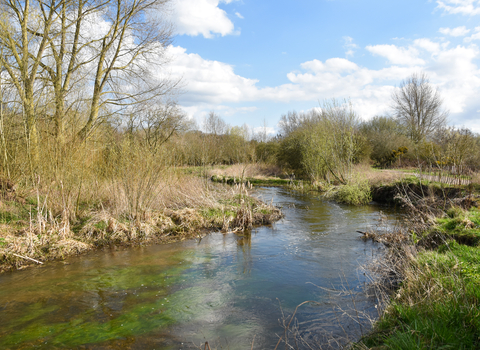Back in February 2024, dozens of projects designed to harness natural solutions including tree planting and the creation of wetland habitats to reduce flood risk, including a scheme where Nottinghamshire Wildlife Trust will work with partners including the Environment Agency and Nottinghamshire County Council, to reduce flooding in the Shirebrook and Worksop area, were given the go ahead as part of a £25 million Government scheme announced by Floods Minister Robbie Moore.
This programme forms part of the Government’s commitment to increasing flood resilience across the country by investing in natural flood management processes which either protect, restore, or in some cases mimic, natural functions within floodplains and river catchments, and along our coast, to slow the passage of water and store water away from sensitive areas.
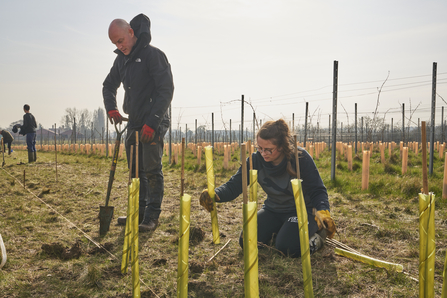
Tree planting can help reduce flood risk - Photo © Richard Osbourne
The funding has been awarded to projects led by councils, charities and community groups and locally, as well as our project, developed alongside our partners The Environment Agency and Nottinghamshire County Council, to develop Natural Flood Management (NFM) along the River Ryton in North Notts. A Nottinghamshire County Council project in Cropwell Butler has also been given the green light. Across the region, projects along Willow Brook in in Leicester and the River Rase in Lincolnshire are also amongst the 40 schemes announced.
Across the country, many of the projects are designed to slow and store surface water runoff – which can exacerbate flooding issues in our towns and cities as well as stripping farmland of valuable soils. In addition to helping reduce flood risk this approach helps limit soil erosion – a vital measure to help underpin sustainable farming and food security. Elsewhere new wetland habitats will be created along with new woodlands and hedgerows. Features such as ponds, swales – the name given to hollows or depressions designed to hold and slow water – as well as features such as ‘leaky dams’ designed to slow the flow of water in rivers and streams - will also be utilised.
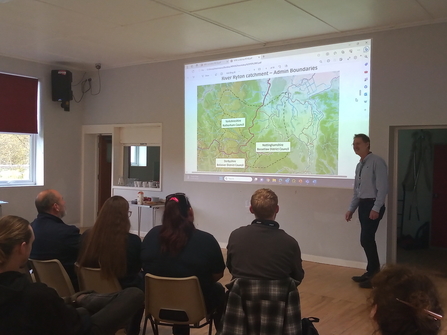
Nottinghamshire Wildlife Trust act as Catchment Hosts for the River Ryton - Photo © Dominika Murienova
Following last September’s launch of the Government’s largest-ever investment in natural flood management schemes, community groups, councils and charities from across the country submitted applications which were then reviewed by the Environment Agency, Defra and Natural England.
Having long championed the NFM approach, we are delighted that our proposal to work with farmers and other landowners here in Nottinghamshire has been backed – building on our local relationships and experience gained whilst acting as Catchment Hosts for the River Idle. We now plan to develop a range of features, including ponds, bunds, leaky barriers, wetland habitat, tree planting and the restoration of floodplain connections to help slow and store water along the catchment upstream of the River Ryton. This will help alleviate the risk of flooding in areas such as Shireoaks, Rhodesia and Worksop – which have been impacted by flooding in recent years.
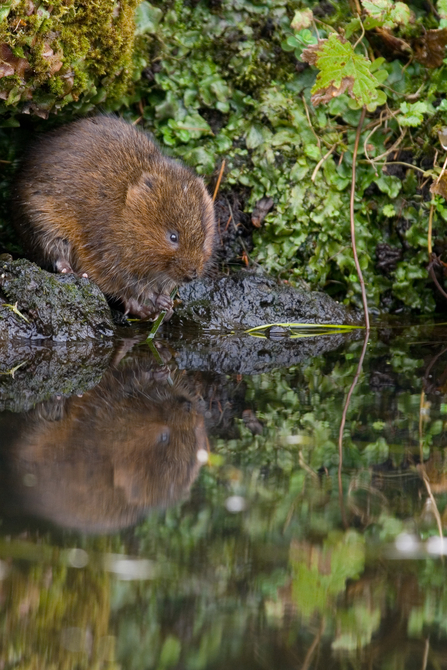
Natural Flood Management techniques can help provide vital habitat for threatened species such as water vole - Photo © Tom Marshall
As well as reducing flood risk, this approach helps deliver new wetlands and ponds which provide important habitat within the catchment - these features also provide opportunities for sediment to settle, improving water quality. As well as providing habitat for species such as amphibians and the threatened water vole, ponds and wetlands can also provide ideal spawning area for fish.
As we face up to the challenge of tackling the climate and nature crises, and look for more sustainable and affordable solutions to prevent flooding from damaging homes and business premises, this latest support for Natural Flood Management is very welcome. We are very excited to be able to develop the next phases of our project. In addition to embracing natural solutions, this approach harnesses the benefits of partnership – with charities and councils collaborating with landowners to develop and deliver schemes that help the wider community. Hopefully, the scale of this latest investment will go a long way to ensuring that natural techniques become much more widely used to tackle the increasing frequency and severity of flooding – complementing more traditional engineered defences such as flood walls. This new funding will help protect people, property and businesses from the impacts of flooding whilst helping boost groundwater stores, protecting valuable soils, locking away carbon and enhancing greenspaces for communities. By embracing natural solutions, we can make our landscape and our towns and cities much more climate resilient whilst putting nature into recovery.
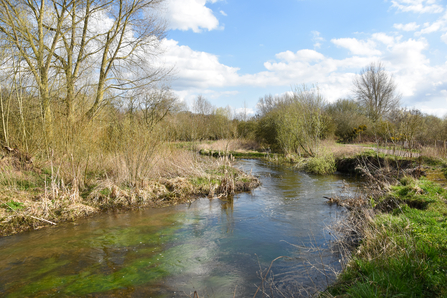
The River Ryton is a tributary of the River Idle - Photo © Sophie Bell
L-R The project team - Jennifer Kril, Living Rivers Officer at Derbyshire Wildlife Trust with Nottinghamshire Wildlife Trust’s Ian Higginson, Ryton NFM Project Manager with team member Lena Olley NFM Ryton Project Officer.

